Everything on model trains, model railroads, model railways, locomotives, model train layouts, scenery, wiring, DCC and more. Enjoy the world's best hobby... model railroading!
Explain An Out-and-Home Model Railroad Layout
Space limitations makes it difficult (if not impossible) for a small model railroad layout to duplicate, in scale mileage, a point-to-point railroad.
One solutionis to have an out-and-home layout instead. An out-and-home layout has only one terminal which is basically a point-to-point system doubled back on itself.
The train leaves the terminal and travels through scenery, a town (or whatever) to arrive at a terminal. The terminal it arrives at, just happens to be the same terminal it started from.
When compared to a point-to-point layout, an out-and-home model railroad layout allows a little more mileage between terminals. The problem is that the train still arrives back home in a relatively short time unless you have a reasonably large layout space.
In larger model railroad layouts, both point-to-point and out-and-home systems can be combined with continuous pikes, to offer variety and realism.
A continuous layout is usually the most practical option for most model railroads because it allows for interesting and varied train movements.
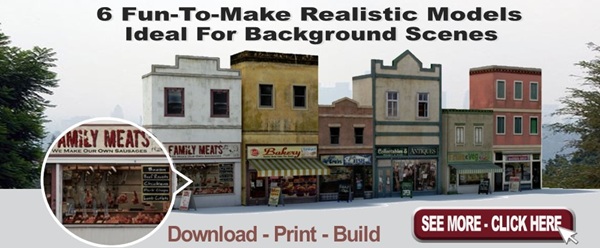







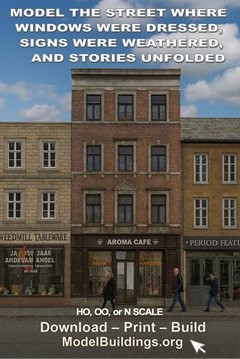

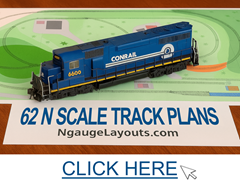


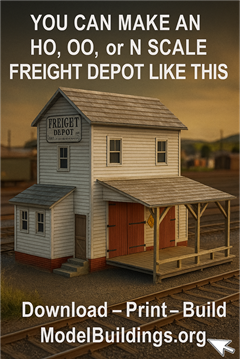
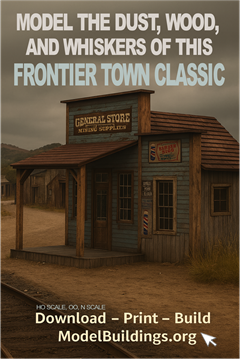

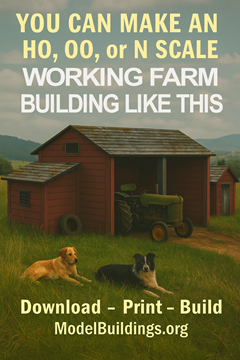
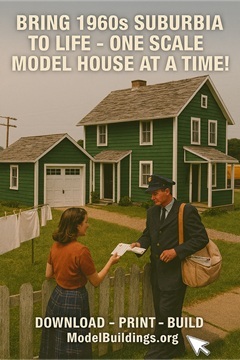
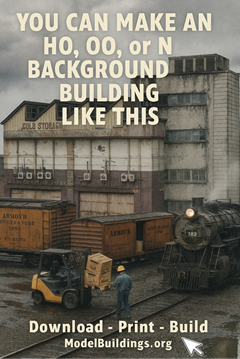
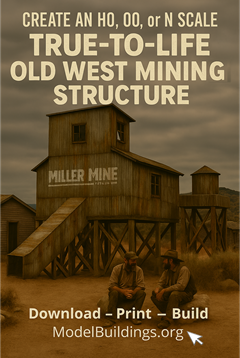
Leave a Reply